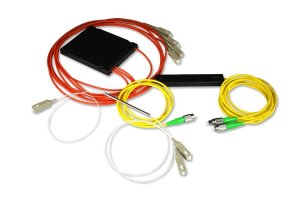- For aerial and duct applications, GYTS, GYTA and GYXTW are used.
- GYTA53 and GYTY53 are used for direct buried
- GYTC8S the figure 8 outdoor fiber optic cable is used mainly for aerial.
With the rapid development of fiber optic communication technology, indoor and outdoor fiber optic cables are popularly used for varied applications
Significance and Uses of Indoor and Outdoor Fiber Optic Cable
With the rapid development of fiber optic communication technology, indoor and outdoor fiber optic cables are popularly used for varied applications in diversified industries. A fiber optic patch cord supplier provide fiber optic cables with various structures to suit different applications.
Outdoor fiber optic cables
Outdoor fiber optic cable is typically designed to operate safely in complex outdoor environment, often influenced by changes. These cables usually have loose buffer design, while strengthen member in the middle of the whole cable. There are loose tubes surrounding central strength member carrying waterproof gel filled and whole cable materials to make whole cable resist of water.These cables have rugged structures to resist ultra-violet light and temperature fluctuations. The most common types of outdoor fiber optic cables are GYTS, GYTA, GYXTW, GYTA53, GYTY53 and GYTC8S. These cables are designed to withstand demanding outdoor conditions due to changes in environment as well as mechanical forces. They can be often found strung along telephone poles or installed inside an underground duct.









